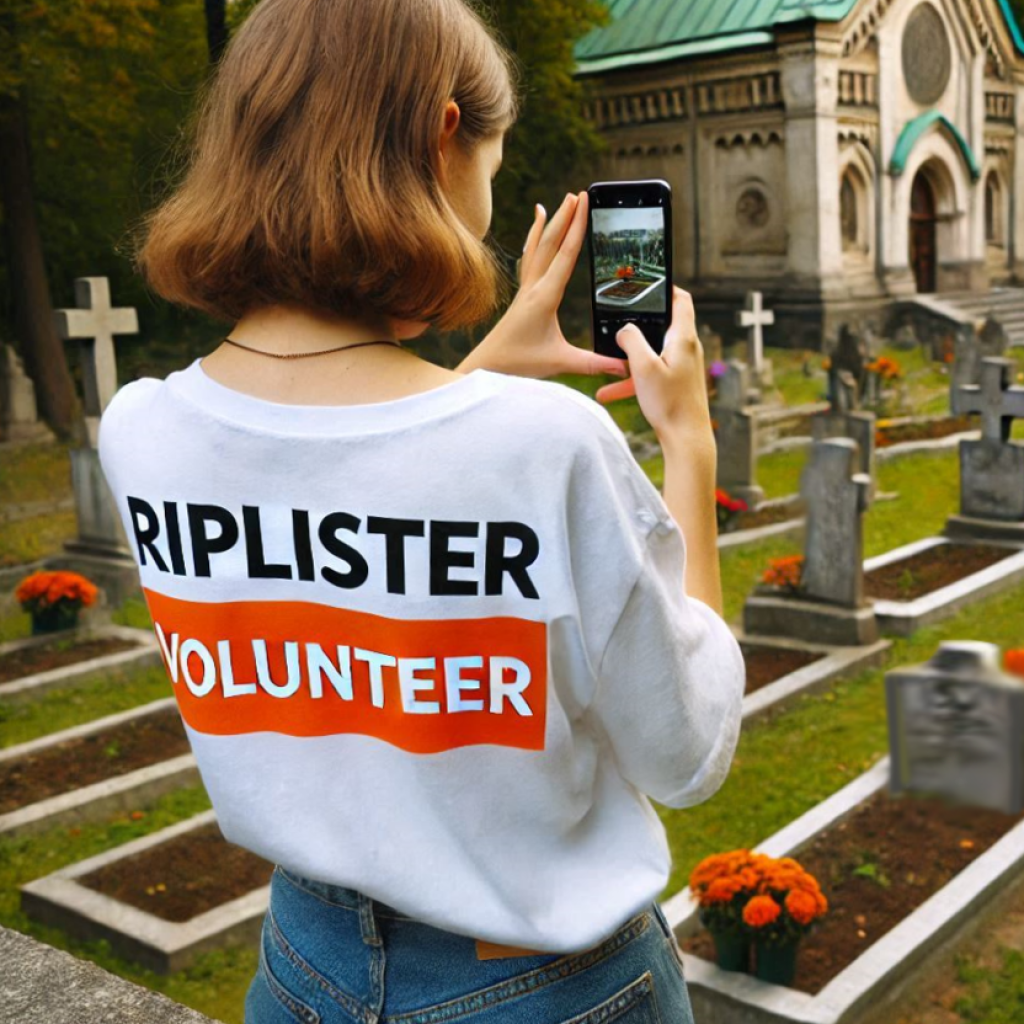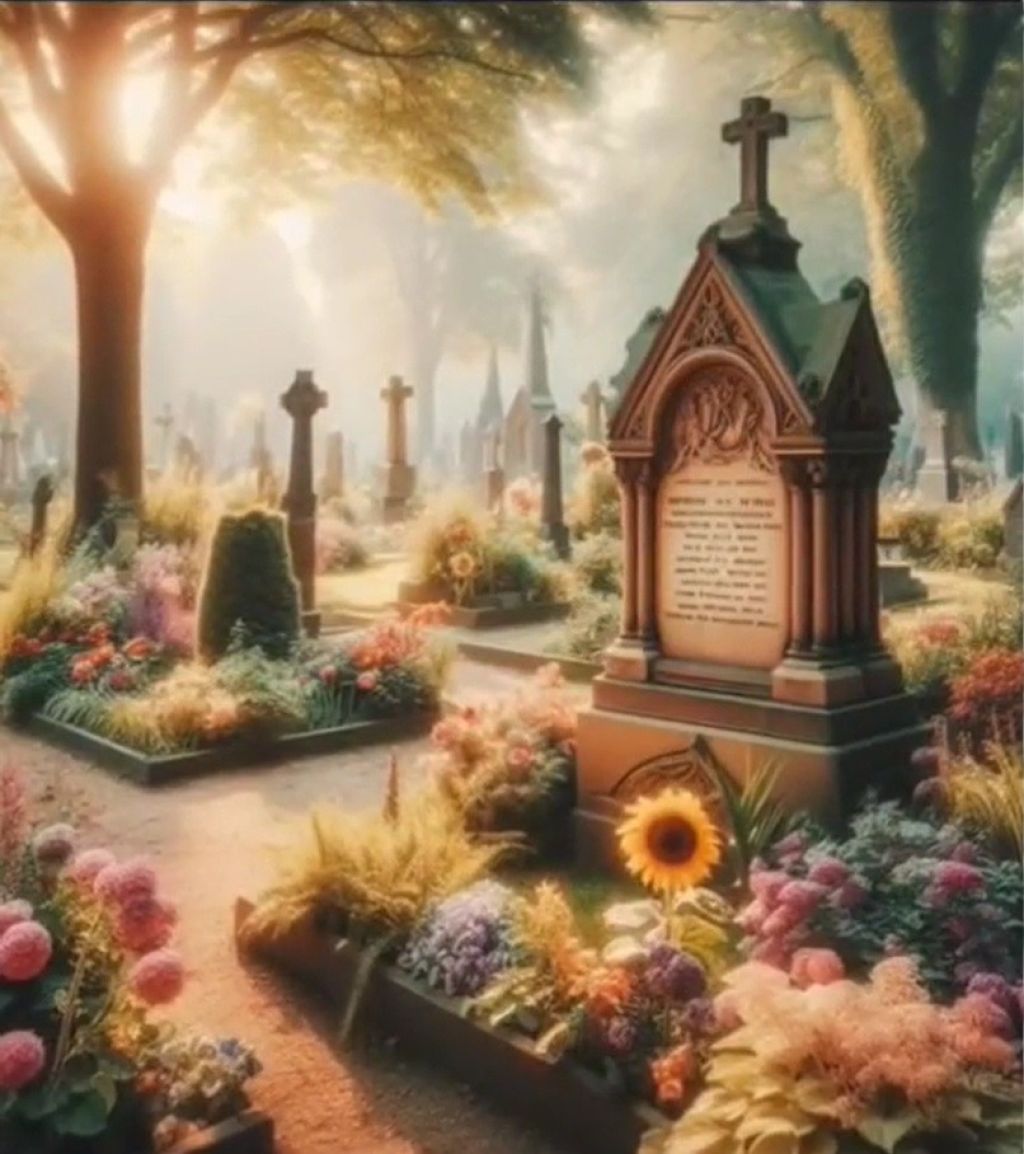Memorial days in different countries
Someone is afraid of death, someone believes that it is not the end, and someone is simply looking for another way to be closer to relatives who have gone to another world. Almost every nation has its own traditions of honoring the dead. Some turn this time into a day of mourning, and some into a holiday.
День мертвих у Мексиці
Для латино-американської спільноти День мертвих — це свято з великим карнавалом, піснями та вівтарем з улюбленими смаколиками й речами померлого.
Щорічно час присвяченій пам’яті померлих проходить 1 та 2 листопада. Готуються до Дня мертвих за рік, а традиції святкування близько 3000 років. Більшість вірить, що саме цього дня души померлих можуть відвідати живих родичів.
Люди ходять на кладовища та будують на могилах алтарі з фотографіями та реліквіями, приносять улюблену їжу померлого. Це не час для сліз, це час для надії, що душа зустрінеться з близькими, родичами та друзями.
Часом, щоб душа хотіла прийти на святкування, родичі розповідають жарти та смішні історії з життя померлого.
Також до Дня мертвих прикрашають цвинтарі стрічками та квітами, по дорозі до будинків померлих родичі встановлюють свічки, щоб небіжчик міг знайти дорогу додому.
У 2003 році свято було включено ЮНЕСКО до списку нематеріальної культурної спадщини людства. Про цей день багато згадок у масовій культурі, наприклад у мультфільмах “Тайна Коко” та “Книга життя”.
Також День мертвих у Мексиці календарно співпадає з католицькими святами — День всіх святих та День всіх душ.
Католицькій День поминання
Католики відмічають День всіх померлих 2 листопада. Ритуали цього дня більш схожі на православні, ніж на мексиканські карнавали на честь Дня мертвих. Католіки відвідують могили близьких, а вдома влаштовують сімейний обід.
Якщо дата випадає на неділю, то службу у храмі переносять на наступний день.
Звичай відзначати День поминання був запроваджений абатом Оділоном Клюнійським у 998 році. За легендою пілігрим, який повертався з Єрусалиму, під час шторму потрапив на пустельний острів. Там жив відлюдник, який розповів про хід у скелях. Він сказав, що там знаходиться пекло та можна почути грішників. За легендою, їх могли врятувати лише молитви. Коли пілігрим повернувся зі свого походу, то розповів історію абату Оділону Клюнійському, і той вирішив зробити 2 листопада днем заступництва за душі всіх померлих.
Цього дня прийнято молитися за померлих, роздавати пожертви та допомагати іншим.
Буддисти та вшанування мертвих
У буддизмі смерть символ початку, а не завершення, тож день поминання у буддистів називається Уламбана та вважається святом. Уламбана відзначається за лунним календарем та святкується протягом 15 днів. Вважається, що в цей час брами потойбічного світу відчиняються і живих відвідують сім поколінь предків.
Ці дні прийнято святкувати у колі сім’ї та у рідних місцях. Буддисти приводять до ладу могили, залишають там їжу та роздають пожертви.
Щоб предки не загубились, на двері дому ставлять ліхтарики, моляться у храмах та біля домашнього вівтаря.
В останній день свята запалені ліхтарики несуть на берег озера чи річки. У воду відправляють паперові кораблики, де написані молитви та імена померлих. Це символізує повернення душі у потойбічний світ.
Day of the Dead in Mexico
For the Hispanic community, the Day of the Dead is a celebration with a big carnival, songs and an altar with the deceased's favorite treats and things.
Every year, the time dedicated to the memory of the dead is held on November 1 and 2. They prepare for the Day of the Dead in a year before, and the tradition of the celebration is about 3000 years. Most believe that on this day the souls of the dead can visit their living relatives.
People go to cemeteries and build altars on the graves with photos and relics, bring the deceased's favorite food. This is not a time for tears, this is a time for hope that the soul will meet relatives and friends.
Sometimes, relatives tell jokes and funny stories from the life of the deceased, people believe that the soul wants to come to the celebration.
Also, on the Day of the Dead, cemeteries are decorated with ribbons and flowers, on the way to the houses of the deceased, relatives set candles so that the deceased can find his way home.
In 2003, the holiday was included by UNESCO in the list of intangible cultural heritage of humanity. There are many references to this day in mass culture, for example in the cartoons "Coco" and "The Book of Life".
Also, the Day of the Dead in Mexico coincides with Catholic holidays - All Saints' Day and All Souls' Day.
Catholic Memorial Day
Catholics celebrate the Day of All Dead on November 2. The rituals of this day are more similar to Orthodox than to Mexican carnivals in honor of the Day of the Dead. Catholics visit the graves of loved ones, and have a family dinner at home.
If the date falls on a Sunday, the church service is postponed to the next day.
The custom of celebrating Memorial Day was introduced by Abbot Odilon of Cluny in 998. According to legend, a pilgrim who was returning from Jerusalem fell on a desert island during a storm. There lived a hermit who told about walking in the rocks. He said that hell is there and sinners can be heard. According to legend, only prayers could save them. When the pilgrim returned from his trip, he told the story to Abbot Odilon of Cluny, and he decided to make November 2 the day of intercession for the souls of all the dead.
On this day, it is customary to pray for the dead, give donations and help each other.
Buddhists and honoring the dead
In Buddhism, death is a symbol of the beginning, not the end, so the Buddhist memorial day is called Ulambana and is considered a holiday. Ulambana is celebrated according to the lunar calendar and is celebrated for 15 days. It is believed that at this time the gates of the underworld open and seven generations of ancestors visit the living.
It is customary to celebrate these days with family and in homeland. Buddhists clean up the graves, leave food and give donations.
So that the ancestors do not get lost, lanterns are placed on the door of the house, prayers are offered in temples and at the home altar.
On the last day of the holiday, lighted lanterns are carried to the shore of a lake or river. Paper boats are sent into the water, where are written prayers and names of the dead. It symbolizes the return of the soul to the afterlife.








